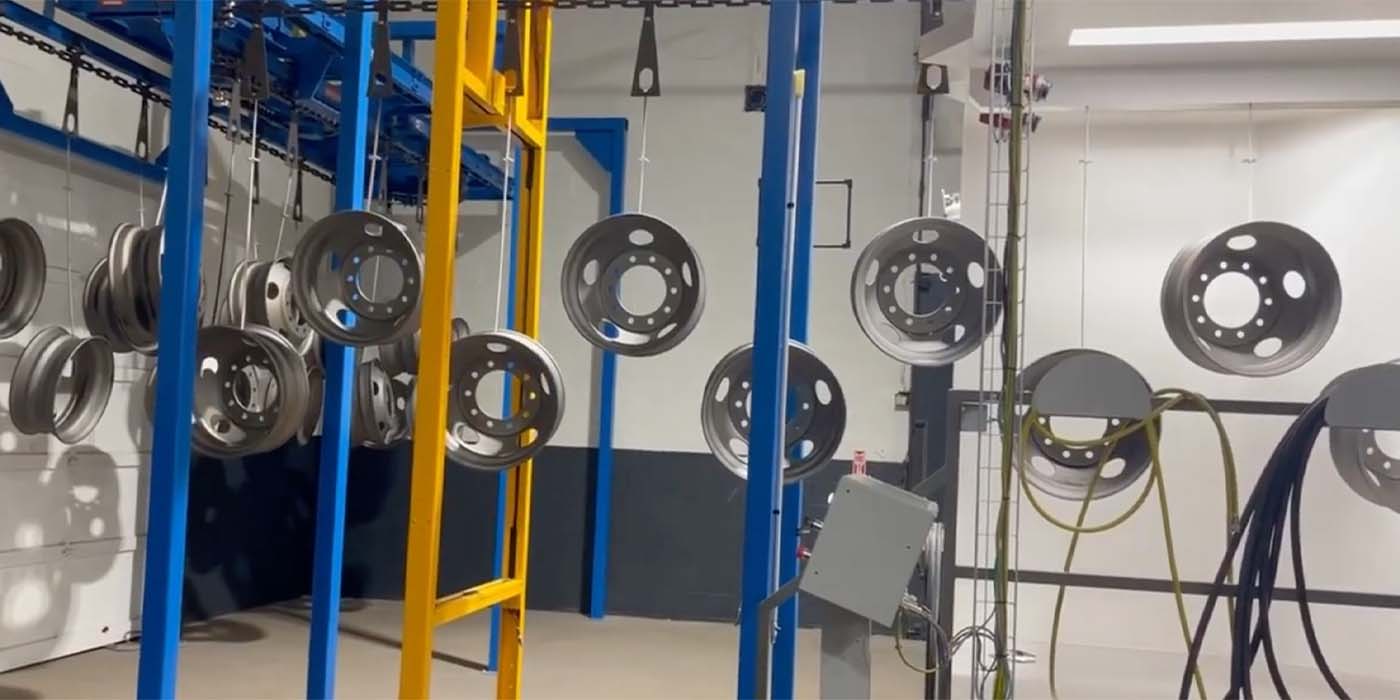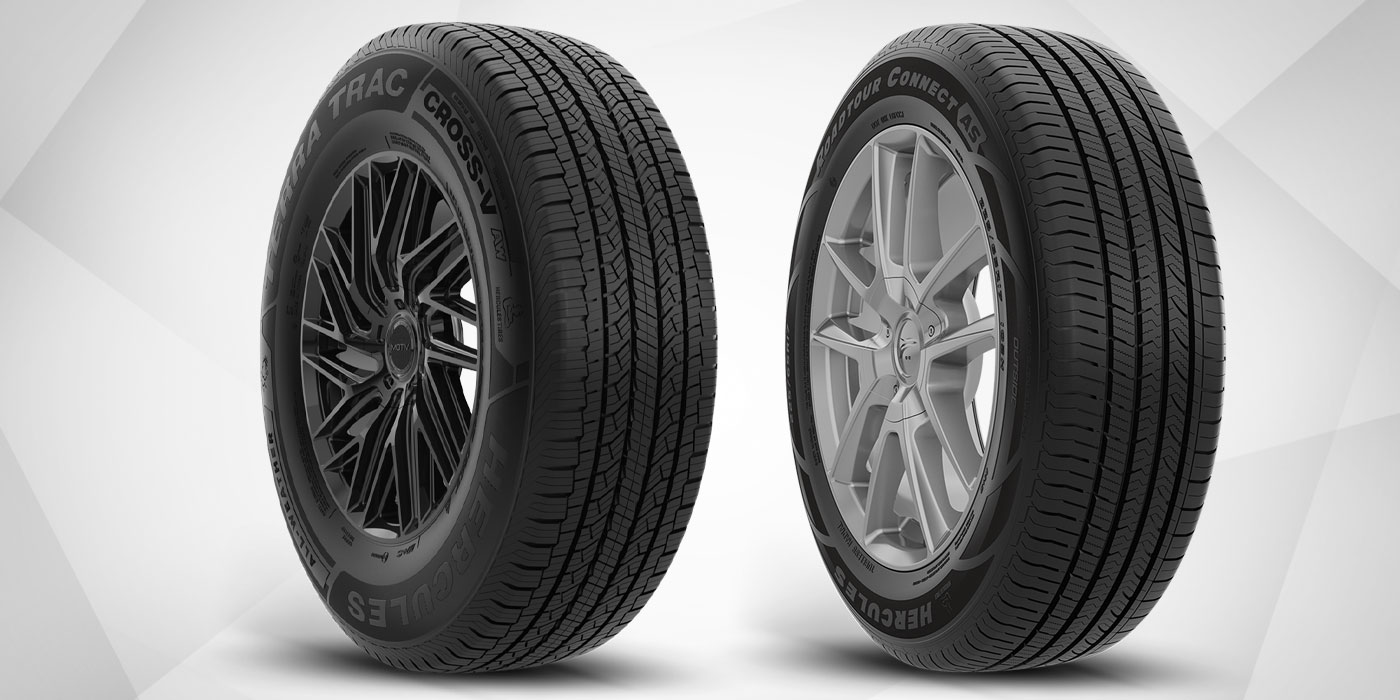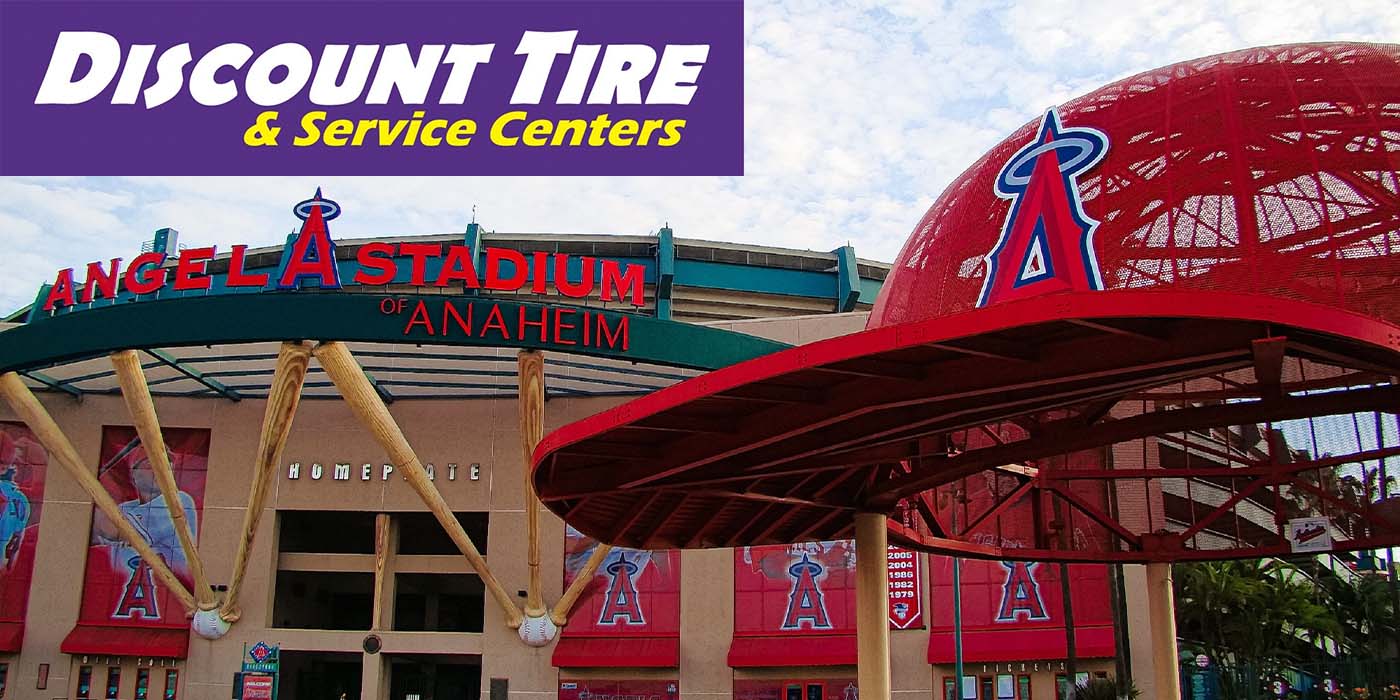The rise, fall and rise of the NR prices are indeed baffling and giving sleepless nights for the various stakeholders in the industry small holders, traders, planners and consumers, including the big tyre companies.
It was the high oil prices, high demand from countries like China and India, adverse weather, poor planting, tapper shortage and speculation that triggered NR prices to record levels in recent times.
Are high NR prices here to stay? Will there be a respite in price volatility? Will there be a crash again? Will high speculation upset the calculations of planners and policy makers? Are the current NR prices justified? What are the medium and long-term price trends? A heated debate is on across the industry about the unfolding scenario and the shape of things to come.
Rubber Asia lettered to a select few industry leaders to get an idea about their point of view and market trends. Those who responded to our questionnaire were Sang Udomjarumani, CEO of International Rubber Consortium Ltd. (IRCO), Howard Evans, secretary general of The Rubber Trade Association of Europe (RTAE), Paras K. Chowdhary, chairman of the Automotive Tyre Manufacturers Association (ATMA) of India, and N. Radhakrishnan, a noted Indian rubber dealer. Following is a condensed version of their responses.
Sang Udomjarumani
Current NR prices (within the range of US $1.50 to US $1.80 per kg., FOB) are about right. If NR prices can be maintained at this level, farmers will be happy and consumers can be assured of adequate supply in the market. Most of the major consumers also find the price range quite acceptable and consider it fair.
Howard Evans
On the question whether the current market prices are justified, I would like to say that the prices of NR are obviously decided by market forces. The market does that. Imperfect though the market is, NR prices are the result of the interaction of rubber market participants, buyers and sellers. To be more specific, we have seen very high prices in the summer (June/July 2006) caused mainly by outside deep-pocketed fund managers, notably in the Far East, purchasing shipment positions for profit, while physical trading tended to languish with producers, buyers and dealers feeling concerned that fundamentals had been abandoned. But during the past four months, prices have fallen back significantly, with the fund managers selling positions and physical traders relieved that supply and demand fundamentals seemingly reasserted themselves.
Many consumers, in particular, have been hastening to cover at the lower prices. Although prices have fallen back since June 2006 as much as to US$1/kg, it is worth noting that NR prices remained above US$1.50/kg, a much better price for producers than what it was during most of the previous 10 years. Lately, prices have fluctuated with increased physical trading, possibly through some fund mangers having sold short then covering on any rise (a minority activity among them), possibly a knock-on effect of the current weakness of the U.S. dollar.
Paras K. Chowdhary
Some of the NR growers had gone on record – in fact published in Rubber Asia sometime ago – that a price of Rs 50 to Rs 60 a kg is remunerative. Even the chairman of Rubber Board (India) had stated that Rs 60 is remunerative and even Rs 50 is all right. When growers and their supporters (Rubber Board) seek to justify a price level, one would not err in coming to the conclusion that the fair price required is lower than the price they had indicated. At the same time one has also to take into account the fact that the minimum statutory price fixed by the government of India for NR in 2001 was Rs 32.09 a kg.
The government fixes minimum statutory price for various agricultural crops, based on cost of production plus reasonable returns. Of course, with the passage of time and the inflationary factor, the fair price for NR currently would have to be higher than Rs 32.09. Even then, such a fair price would be less than Rs 50 or Rs 60, said to be adequate by growers’ representatives and the chairman of the Rubber Board. But then for quite some time the market price has been ruling much above these prices.
N. Radhakrishnan
I feel that the ideal remunerative price of RSS-4 shall be around Rs 75 a kg. Though the prices shot up from Rs 71 to Rs 115 during the first half of 2006, it came down gradually to Rs 77 by the last week of November. This price is conducive to the growth of the plantation sector and is also affordable to the industry.
On High Volatility
Udomjarumani
NR has always been a commodity traded in the open markets. As such, it is of course subjected to influence by factors both fundamental and speculative. Recently, a lot of money from hedge funds has flowed into the rubber futures markets causing undue, violent fluctuations. The daily traded volumes in the two most active futures markets, TOCOM and SHEE, are so large that, they distort the supply/demand balance and create artificial surpluses or shortages in the markets.
Evans
During this year, there has been con-tinued good industrial demand; On top of this, outside fund managers gene-rally only buy in anticipation that they can sell later at a higher price to make a profit. This activity in a market where they predominate leads to exaggerated ‘spikiness,’ fluctuations, in the market price.
Chowdhary
The reasons for the NR prices going up steeply in the last two years are mainly:
• Domestic production growth lagging behind domestic consumption growth
• Subsequent fall over a period of time in the stock of NR in the country
• The gap between domestic production and consumption not being made up by adequate imports (the international price ruling higher than the domestic price – this was a difficult option for importing industries)
• Higher and artificial futures trading quotations giving impetus to the price to go up, higher capacity of growers to hold back NR, resulting in scarcity in the market, which in turn, boosted the prices.
• Growers increasingly benchmarking domestic price with world price.
Meanwhile, the reasons for price fluctuations in NR are:
• Influx of huge funds into the world rubber commodity exchanges in recent years has been attributed to the high level of fluctuation in NR prices in the world markets. Domestic prices of NR being aligned to world prices, the fluctuation has had its effect on domestic prices also.
• Price fluctuations would be higher on commodities traded on a daily basis, as in the case of NR.
• Withholding NR by growers/dealers and staying back from market by the consuming industries are the two important factors that influenced fluctuation in prices.
• Prediction of the weather in the immediate future (which has a direct bearing on production level), and the level of actual or impending import/export.
Radhakrishnan
The fact is that the spot market always reacted under the influence of demand and supply and the dealer network ensured that the growers got at least 97% of the terminal market price. It is also to be noted that the Indian growers were getting prices higher than the international prices till 2002. However with the advent for futures trading in 2003, speculators took over the market and the spot market fell under the influence of the futures market. The net effect was that the average Indian prices fell below international prices from 2003-2004 onwards.
As international fund managers moved to rubber for making a kill, in view of the anticipated Chinese demand and lower global stocks and production, the first half of 2006 saw the international prices shooting up from Rs 78 to Rs 136.
As soon as the demand diminished, the fund managers moved away from rubber and then the international rubber futures fell to Rs 72 by the end of November. The Indian futures, most of the time, reacted in tandem with international futures. I should say that wide fluctuations in futures prices have adversely affected the local spot traders.
On price trends
Udomjarumani
For the short term, the market will maintain at the present level until the first quarter of 2007, and will slowly pick up from the 2nd quarter onwards.
As for the longer term, I am afraid, due to the reported uncontrolled new plantings in many rubber producing countries, particularly countries in Indo-China, this will eventually lead to a serious over-supply in NR production and a sharp decline in the NR prices say seven to 10 years from now.
Evans
Broadly, given the expected continued growth in industrial demand for NR, prices will remain roughly at the current levels or somewhat higher during the next several years. Of course, there will be shorter-term ups and downs reflecting equally shorter-term influences. I expect rubber producers and growers to continue to obtain a decent return for the foreseeable future.
Chowdhary
In the short term, the prices are likely to look southwards especially as the peak production season, which started in September-October 2006, would continue till January-February 2007.
In respect of medium term trends, one thing to be noted is that according to predictions of the agencies who track the likely GDP growth of various countries the 2007 GDP growth of most of the industrially developed countries would be lower than the GDP growth in 2006. Since those are the countries, which consume the bulk of NR, the demand level for NR in 2007 is likely to be slack. If this happens, then both the global and Indian prices of NR would be depressed.
It is also said that one of the reasons for the global prices sliding back to lower levels in the recent months was the withdrawal of funds in rubber stock markets by investors. Will they invest again? No one can predict. But if such investments do not flow again into rubber futures markets, then the global price of NR would remain subdued.
As for the domestic, it has been observed in the recent past that world price has a definite influence on the domestic price. Hence if the international price remains subdued, the Indian price is also likely to follow that trend. The second aspect to be noted is that NR futures trading is maturing in India and is getting less and less misaligned to wide fluctuations and more particularly wild/high quotations. The inter-se price level of the world and Indian prices would be the major determinant factor on the level of imports of NR to India.
Then there is the feasibility of part switchover from NR to SR and vice-versa in the consumption of both rubbers by the tyre and non-tyre sectors. And, lastly, crude price had come down in the recent months, which had also pulled down the NR price. Keeping the above scenario as the backdrop, it would be reasonable to forecast that domestic NR price would come down from the present levels. But a sharp decline in price is not expected.
Radhakrishnan
Though the growers were attuned to lower stock and better bargaining power in the first 10 months of 2006, the price situation will now turn favourable to the industry at least in December and January as stocks will gradually rise from the end of November 2006 onwards. Such a situation will be neutralised if the industry opts for buying more rubber than required for its consumption in the next two months or there occurs a shortfall in imports or a spurt in international prices.















